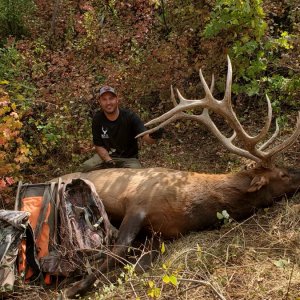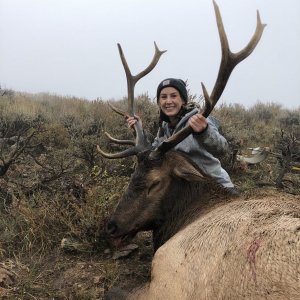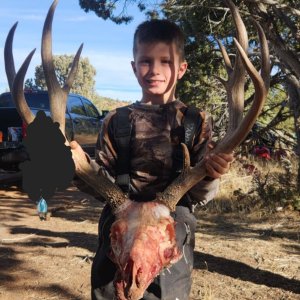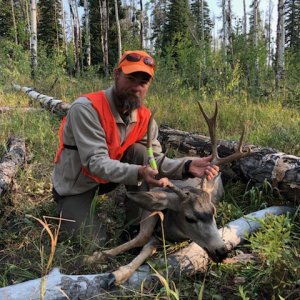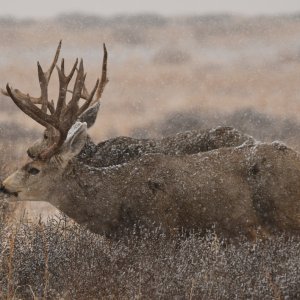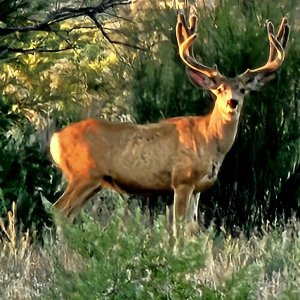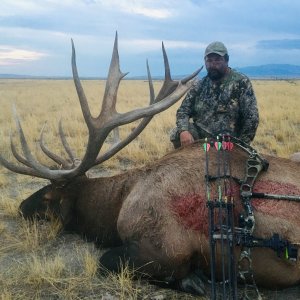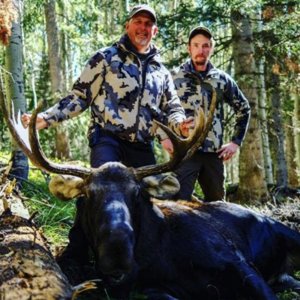LAST EDITED ON Nov-25-08 AT 08:53AM (MST)[p]
The model may be overly optimistic, but if anything, attrition rates, including those among the top pools, have been increasing, not "leveling off", over the past few years.
The attrition rate going into the 2009 draw is the highest ever, which makes sense, as more applicants come to terms with the fact that they could still wait 15 to 30 years for success in the preference point draw.
The dates given in the post earlier are for the year in which the average (i.e. median) applicant in a point pool could expect to draw... not the last person in the pool. For example, of the 55 applicants remaining in the MAX point pool (14 points going into 2009), my model predicts that 51 will draw permits (4 will eventually withdraw, or attrit), and of those 51, the 26th permit will be issued in 2009. If not 2009, then 2010. All predictive models based on assumptions are only approximate.
For the 223 applicants in the MAX-1 pool, the model predicts that 164 will draw permits and 59 will attrit. Of the 164, the median 82nd permit would be drawn in 2012, 4 years in the future, with the "final" permit in this pool drawn in 2015, or 7 years in the future. Of course, any prediction of the year for a "final" permit is only an estimate, because there is no limit on the number of years one could avoid drawing a permit by continuing to apply for preference points only.
In any modeling of this case, one of the most significant assumptions relates to the rate of attrition. If one wants to assume that attrition rates will be lower in the future than they are today, that would simply push the dates backward several years. It is my opinion that, if anything, we will see increasing attrition rates over the next several years, as more applicants, particularly those lured in during the years of the cheap $7 preference point payment, will realize that they will likely become too old, or will be dead, before they draw a permit with the current numbers of applicants chasing the few permits available.
It may seem unrealistic that 4 of the MAX point applicants and 59 of the MAX-1 applicants would attrit from the process, rather than holding on to draw a permit, but those numbers are reasonable given the approximately 5 to 6 MAX point applicants and 20 to 22 MAX-1 applicants who dropped out in 2008.
HornedToad


